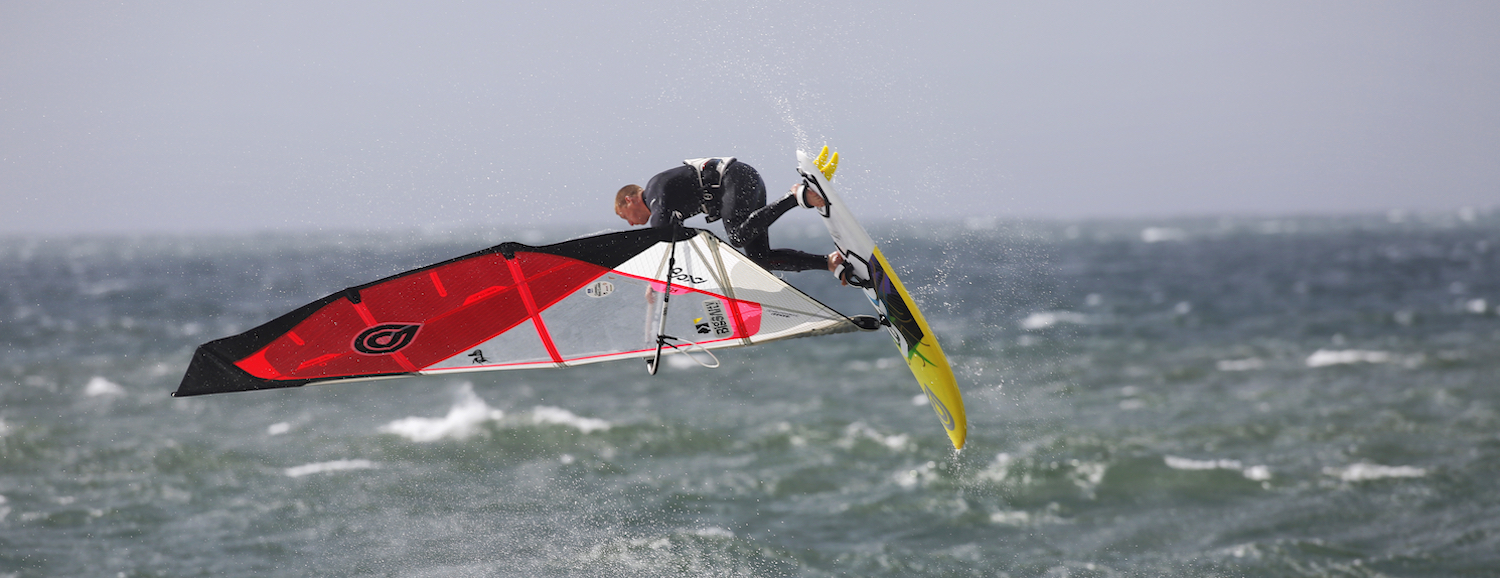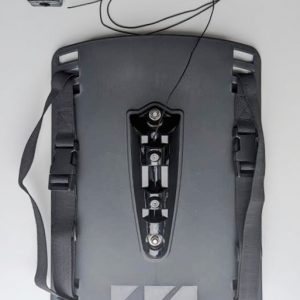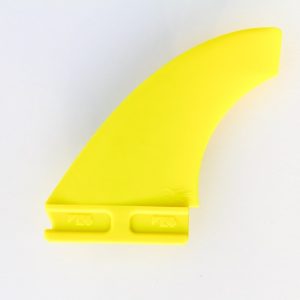
The Push Loop with Andy King.
Dynamic, fast and seriously cool. Push loops are definitely one of the loops that sort the men from the boys. Simple once you know how, here’s my guide to one of my very favourite windsurfing moves. Certainly a great loop, it’s one that you can pull no matter what the wind strength. So read, get learning, then get to the beach. Those gale force days are about to take on a whole new meaning.
All images courtesy of Joe Cockle photography
First up:
Ideal sail size 4.7m or smaller and medium – small wave board
Ideal wind 18 – 25 knots cross shore
2 – 3 foot steep waves
Practice for a push loop can be best done of a diving board or platform. With your feet on the edge of a board or platform four feet or more above safe deep water, stand with your back to the water, bend your knees and jump backwards. As you do this throw your head back and let your feet come up over your body. Keep your body extended for a slow rotation or tuck up to speed it up. It’s simply a back flip with windsurf kit really as a forward loop is a front flip. You can go more horizontal in your rotation axis, that’s your choice and sometimes is necessary in less than perfect conditions.
On the water, practice heading out through the break at full speed and smacking the steepest section of the wave, just upwind of the breaking section.
Practice jumping high, yet moderately long.
The move:
Now, head out through the break at full planing speed, come out of the harness and get ready for the trick.
The push loop is really just a reverse of the forward loop. Scan over the photo sequences backwards to see this for yourself.
In the forward loop you have to sheet in hard to initiate the rotation whilst in the push loop you have to sheet out hard to stop the rotation.
There are two methods for doing a push loop. The first was created years ago in the early looping days of the 80’s. This method involves rotating quickly through a back loop when still high up, then sheeting out very hard to stop the rotation. This method was out of fashion but now with the invention of the push loop tweak or table top this method is now in vogue. Kevin Pritchard and Bjorn Dunkerbeck always favoured this method.
The second method is basically to do a fully end over backwards rotation. By flipping right over backwards you eliminate the need to push hard to stop the rotation, instead you just push on the sail a little to bring the sail back up into the sailing position. I prefer this method as it clearly separates the move from the back loop. Francisco Goya used this method to good effect in his sailing.
In this tutorial I will lead you through the first method as it is probably easier to try initially.
For a push loop you want to get plenty of height but you still need to try and keep some forward momentum. This momentum will help the rig rotate and will stop you getting stuck on top of your equipment.
You want to hit a ramp that is fairly vertical so that you get a good kick up in the air. I really try and compress hard as I hit the wave to ensure I get kicked up. For the push loop you want to have your hands spread fairly wide on the boom and with both hands over hand grip. Sit down in to a squat position with you arms a little bent.
After hitting the ramp you need to give yourself half a second before throwing yourself into the rotation. This prevents the mast hitting the ramp you took off from as you flip over.
Your head is a heavy part of your body and don’t be afraid to use it to get the push loop rotation going. Jump tight to the wind, you can sheet in as you take off to get more height but start to sheet out a little as you initiate the push loop. Throw your head back as you start to come over and pull your front hand in to your front hip –{This brings the mast in tighter to your body and allows you to get more of your body weight over the sail.} The more you pull the rig into your hip the less of a push you will have to do to slow the rotation as your body weight will act down on the sail. If you don’t pull in your front hand and swing round with both arms straight you will have a real battle to stop yourself from over rotating. Over rotating a push loop however should not be some thing to be feared. It happens to even the best sailors fairly regularly. All you need to remember is to hold on, then you will splat down on your back but will be able to water start away quickly.
Once you have pulled your front hand to your leading hip you will now find yourself partially above your kit whilst falling towards the water. Do not panic, this is part of the move and do not try to bail out from here. Simply remain calm, push with your backhand and wait for the rig to come back upright. The more end over end you have rotated the longer your will remain above your gear. If you try an end over end push loop too low you can find yourself with out enough height to complete the rotation but if you start with a more horizontal loop you can do the entire rotation with a 4.7m sail or less within just a head high chop hop.
As the rig comes back upright try to twist your hips a little and use your head {and your vision} to recover your sailing position. When the sail is upright again sheet in to stabilise your equipment and stance and ready yourself for landing. Remember to apply some heel pressure to help you stick that important first landing. You may be only 2ft from the water or still 20ft up so look down and spot your landing and then drop down like you would from a normal jump. This is a great part of the push loop, the rotation part is the same at any height so once you can push loop at 6ft up you can in theory do it at 30ft up and then float back down again.
COMMON PROBLEMS: UNDER ROTATING
Reasons
1. Not enough commitment to the rotation
2. Not enough sail power
3. Taking off too broad
Solutions
-
1.The push loop is a fast aggressive rotation – one second of effort then relax and resort to jump technique for a smooth landing.
-
2.The push loop relies on your speed through the air to help the rigs rotation. If you enter the loop too slow you can stall whilst on top of the sail. If you are under or just powered try to back loop instead. Only try push loops when you have good sail power and board speed. If you do find yourself falling onto your kit don’t panic and maintain your position. Although the kit is between you and the water, the water is still soft and will absorb the majority of the impact. Keep hold of the boom and get ready to take the impact through your arms, try to keep your head up away from the boom. Spread the impact onto the foot of the sail using both your knees if you have too. If you are really high then your best course of action is to let go of your backhand, this tends to bring the rig up anyway but will also allow you to twist your body back up over your board, which you can land in on the heel side rail.
-
3.Taking off broad is the key to planing out of push loops but it is an advanced technique and is risky as you have to rotate further, so only try it once you have the basic moved sorted. Take off tight to the wind first then try directly across the wind later.
COMMON PROBLEMS: OVER ROTATING
Reasons
1.Not pulling your front hand into your hip
2.Pinching too tight into wind
3. Not pushing out hard enough
Solutions
1.This is pretty much the key to being able to control the push loop rotation. It allows you to get weight onto your rig and brings the rig closer to your body so you can push better with your backhand.
2.I still some times find myself pinching too tight to wind, often when conditions are marginal or when doing push loops off small waves or chop and the result is often an over rotation that I just can’t prevent. It isn’t too big an issue as it helps develop technique and most over rotations can be water started away from so you know you are getting close.
3.If you remember to sheet out real hard you can normally stop even the fastest of rotations, it’s a technique that takes practice and is easier when you have more height and therefore more time to react.
Now watch Andy perform some clean pushies from the great perspective of the Flymount

























